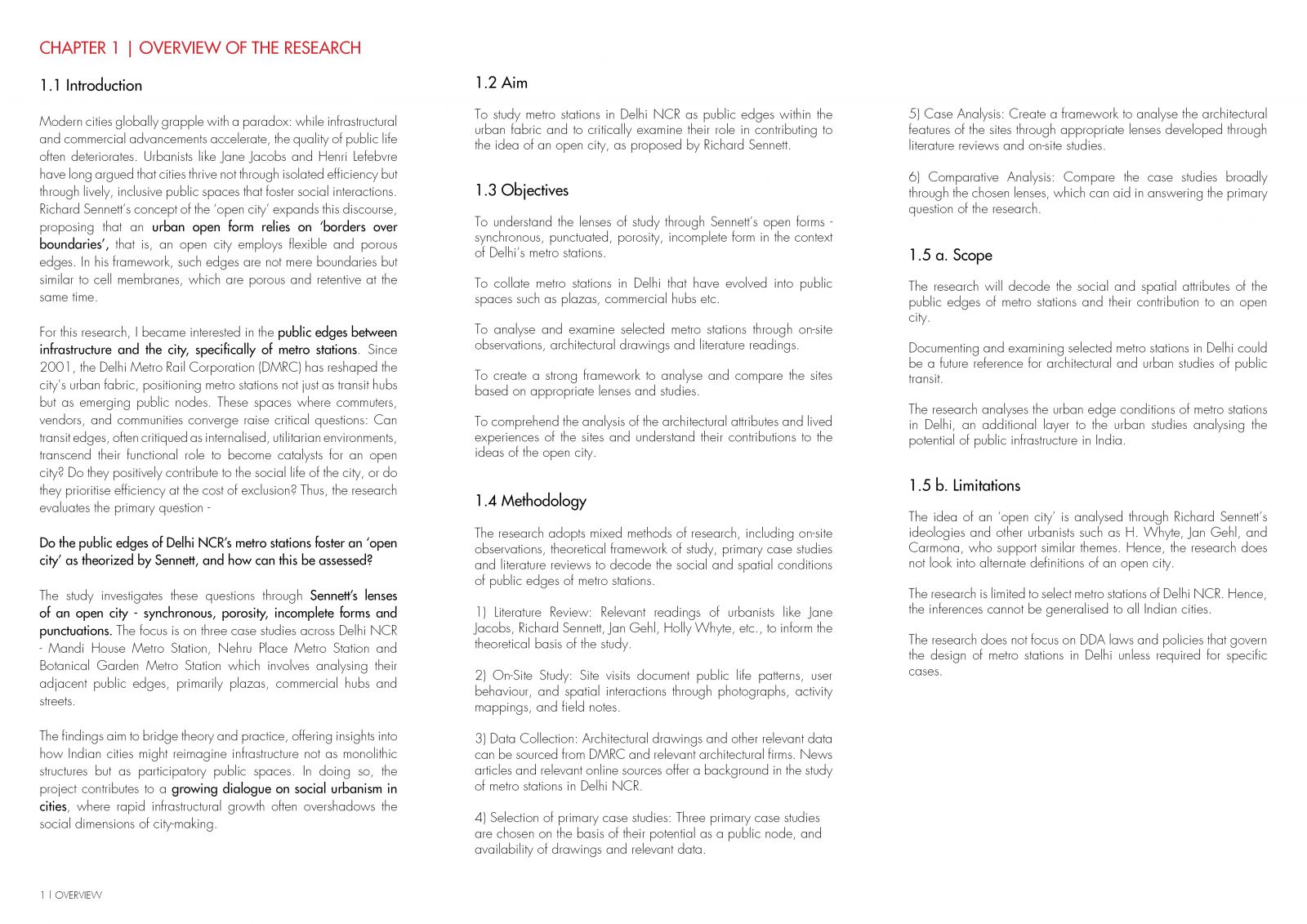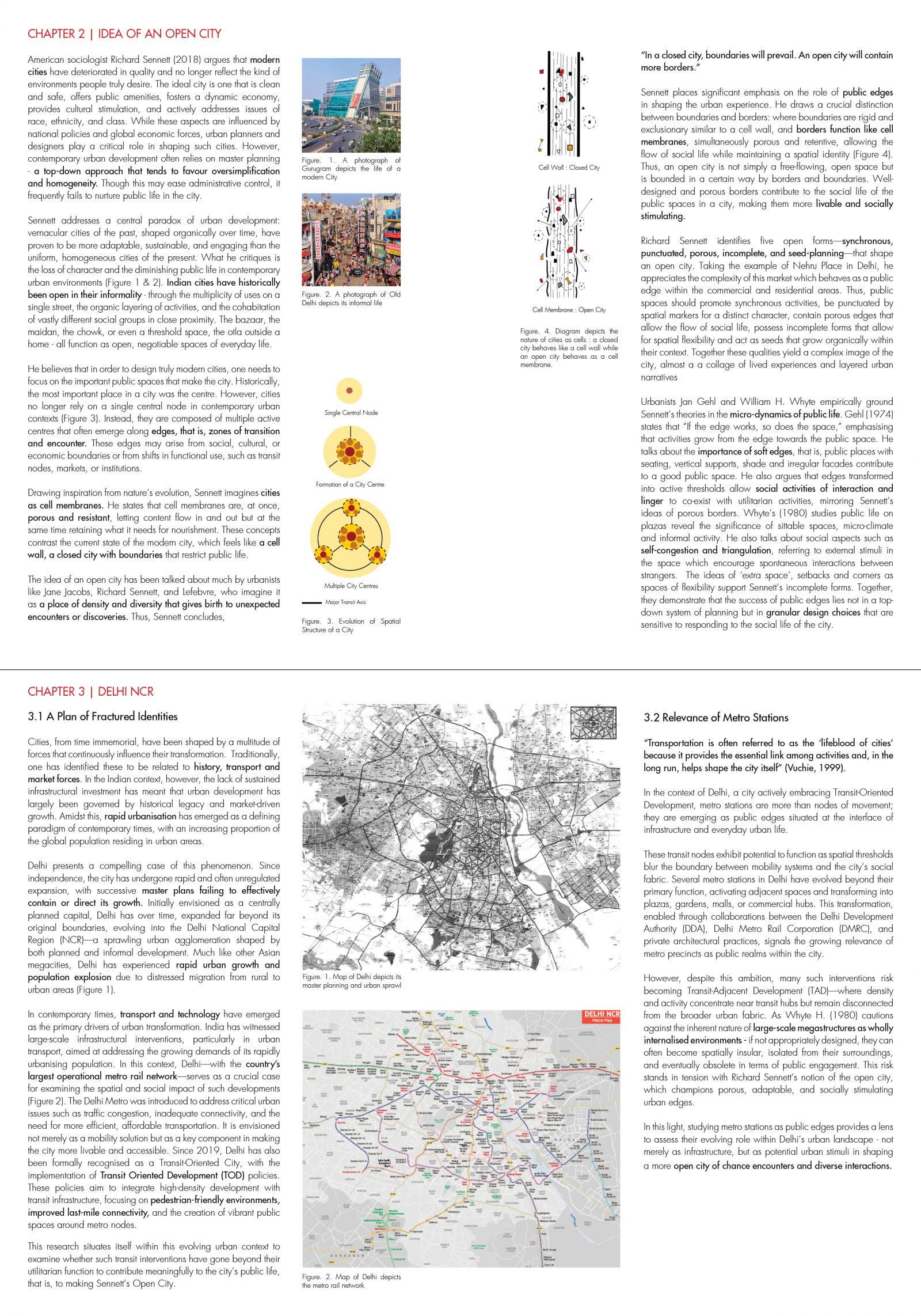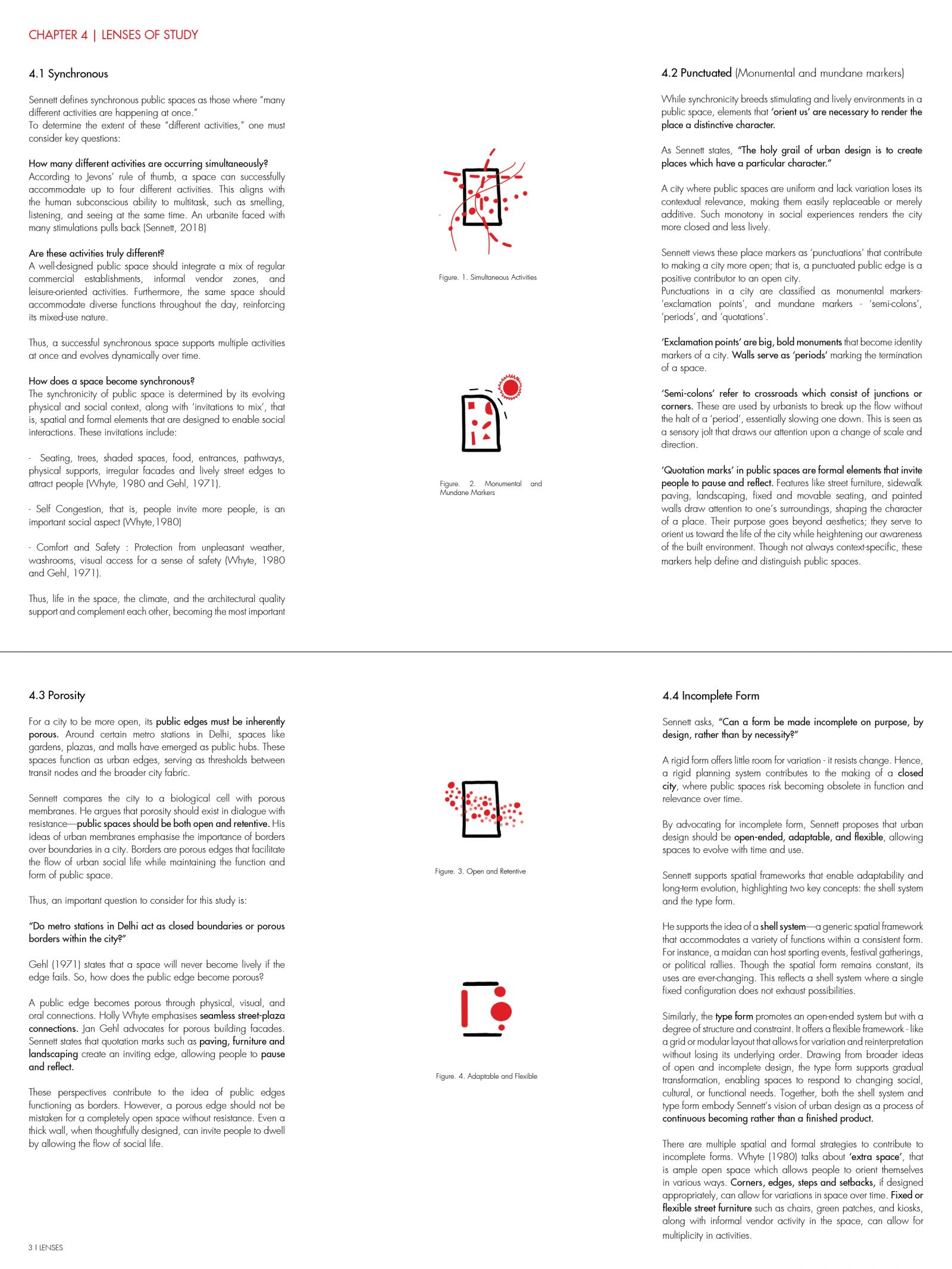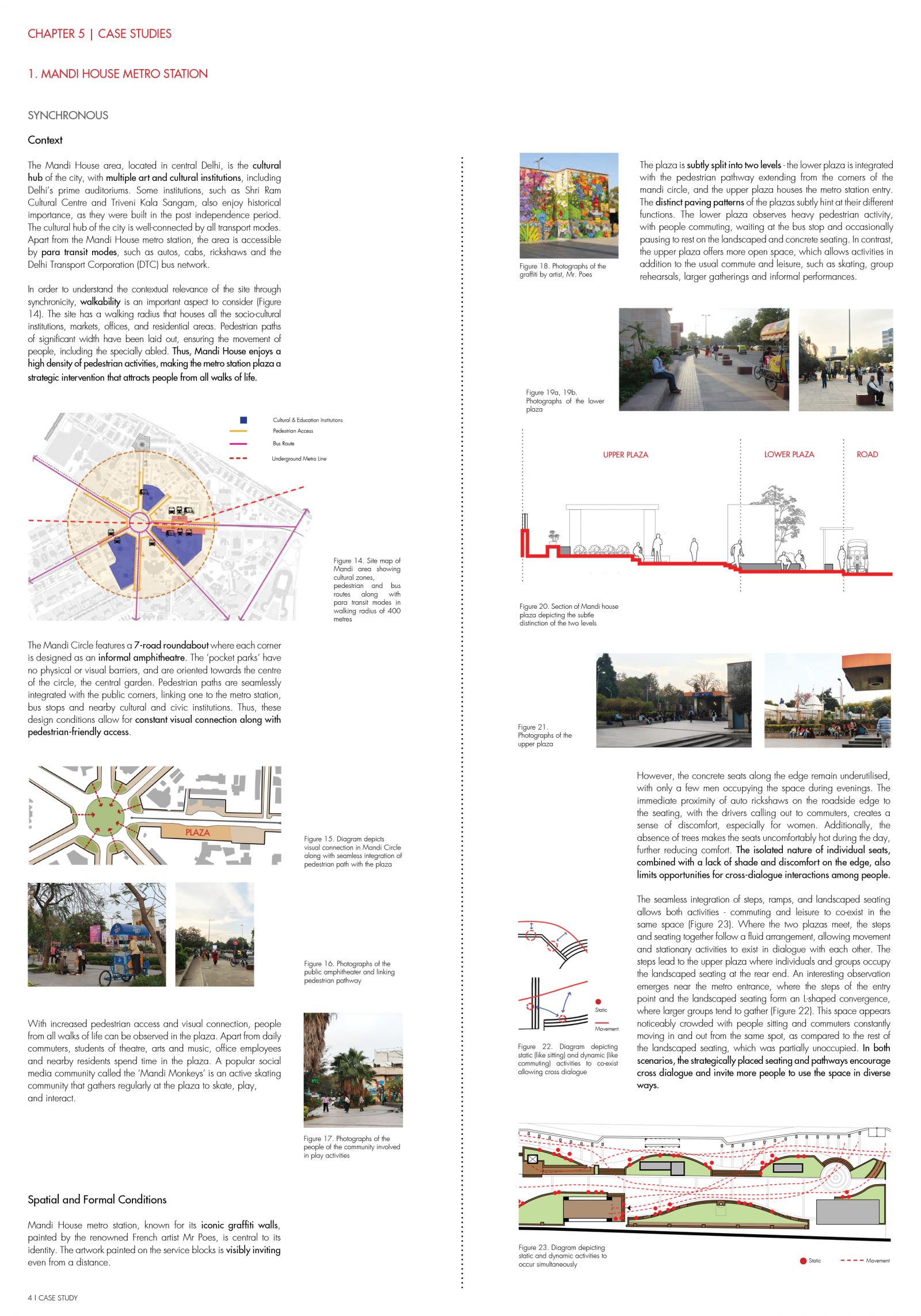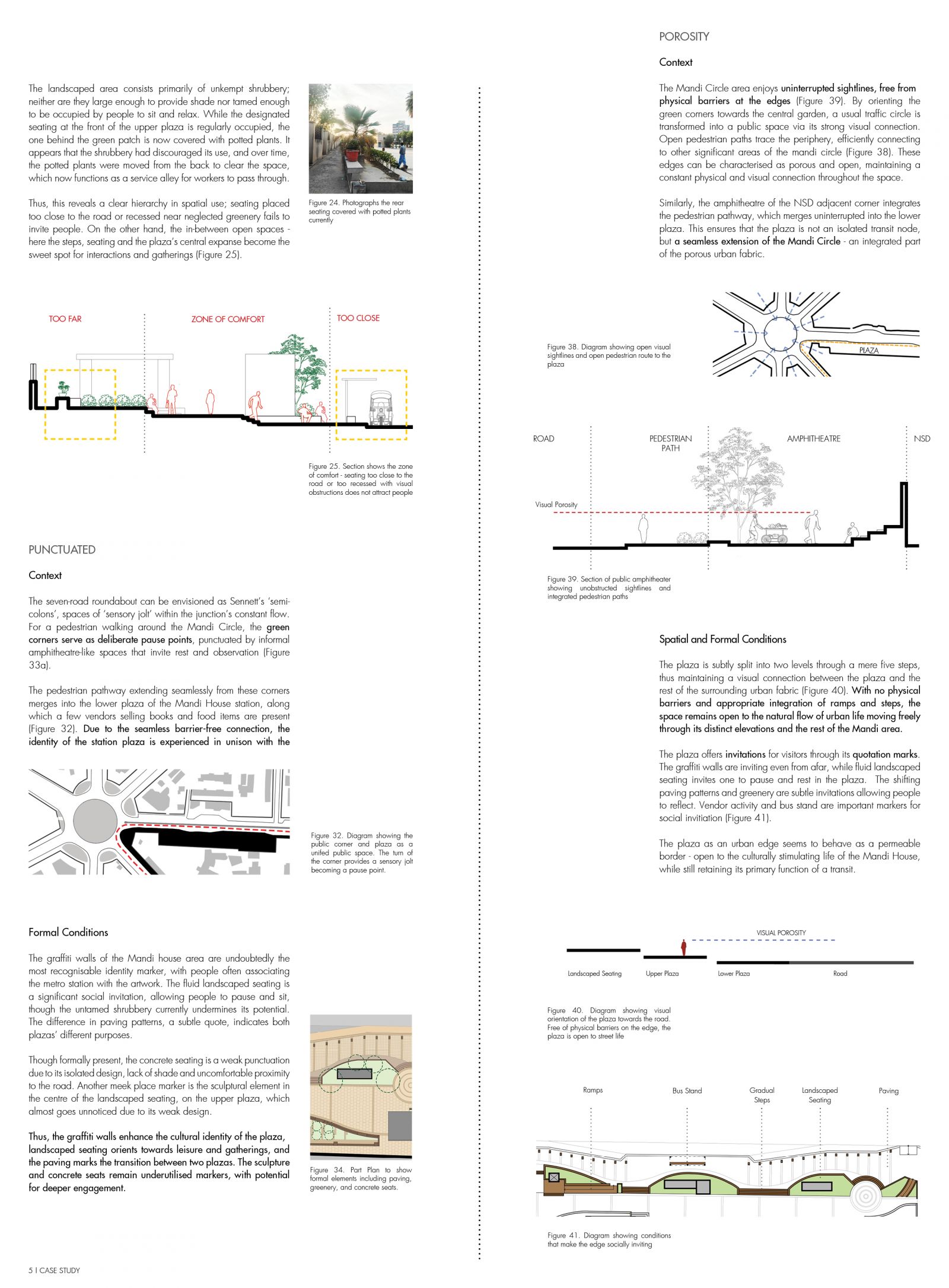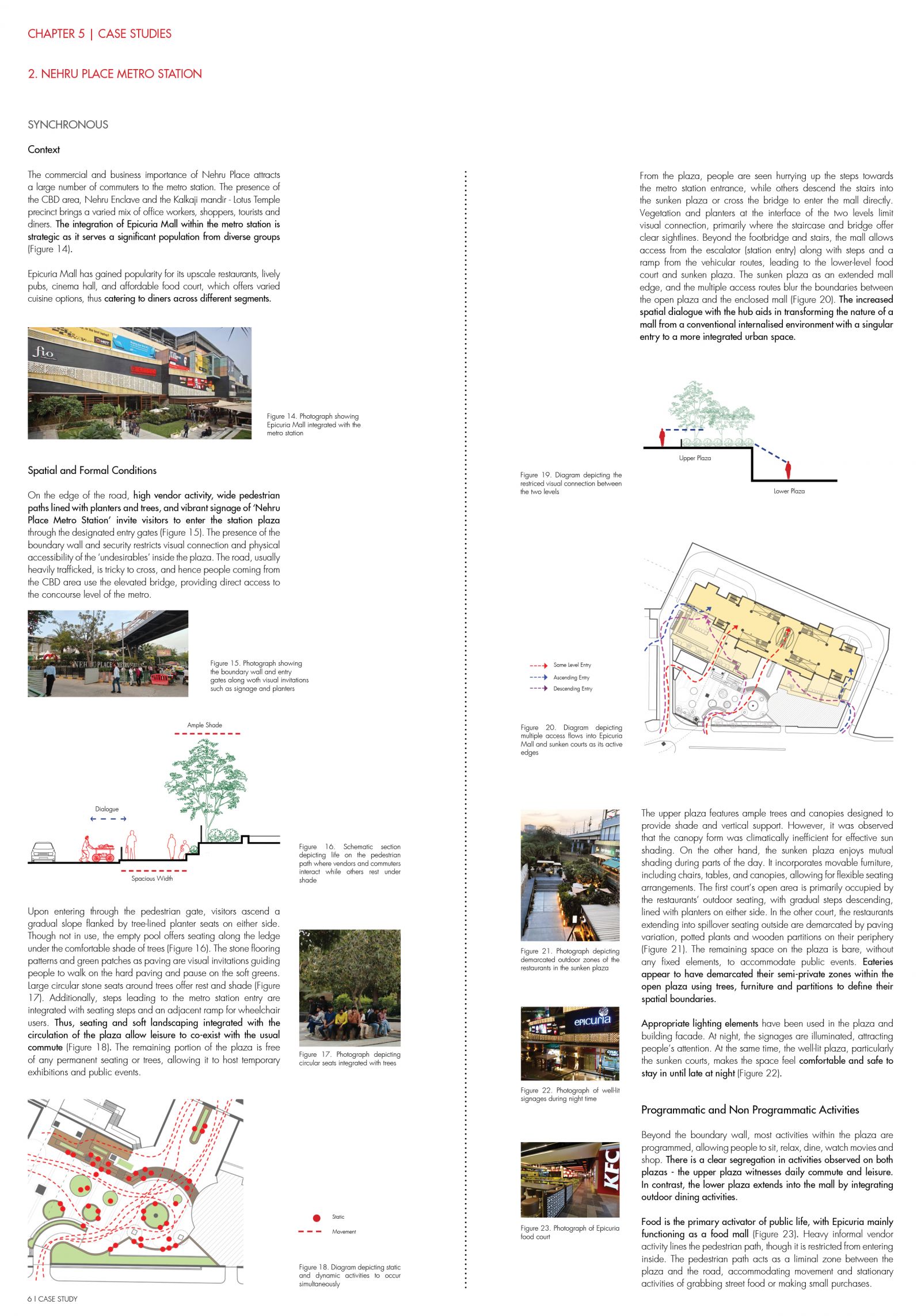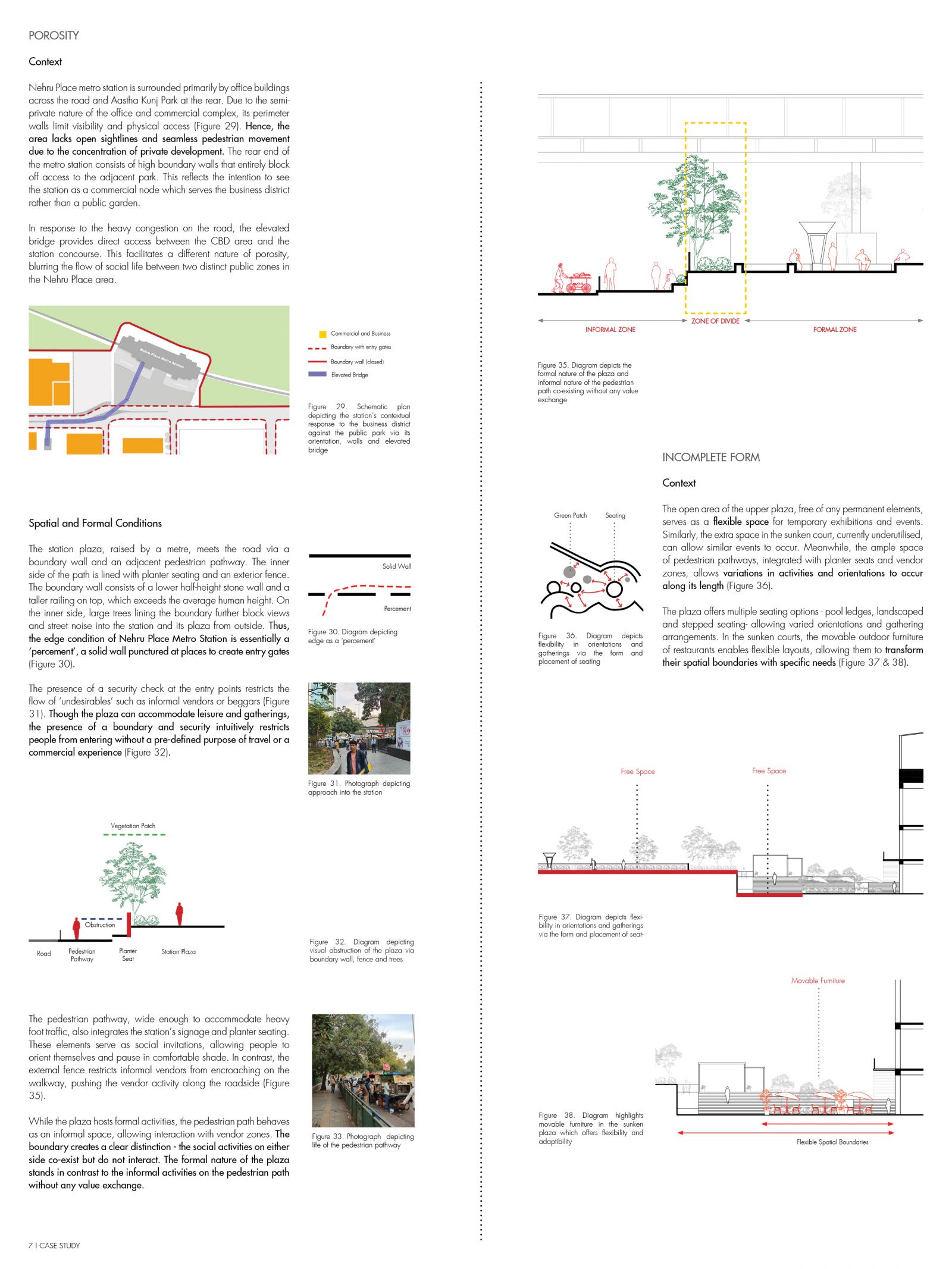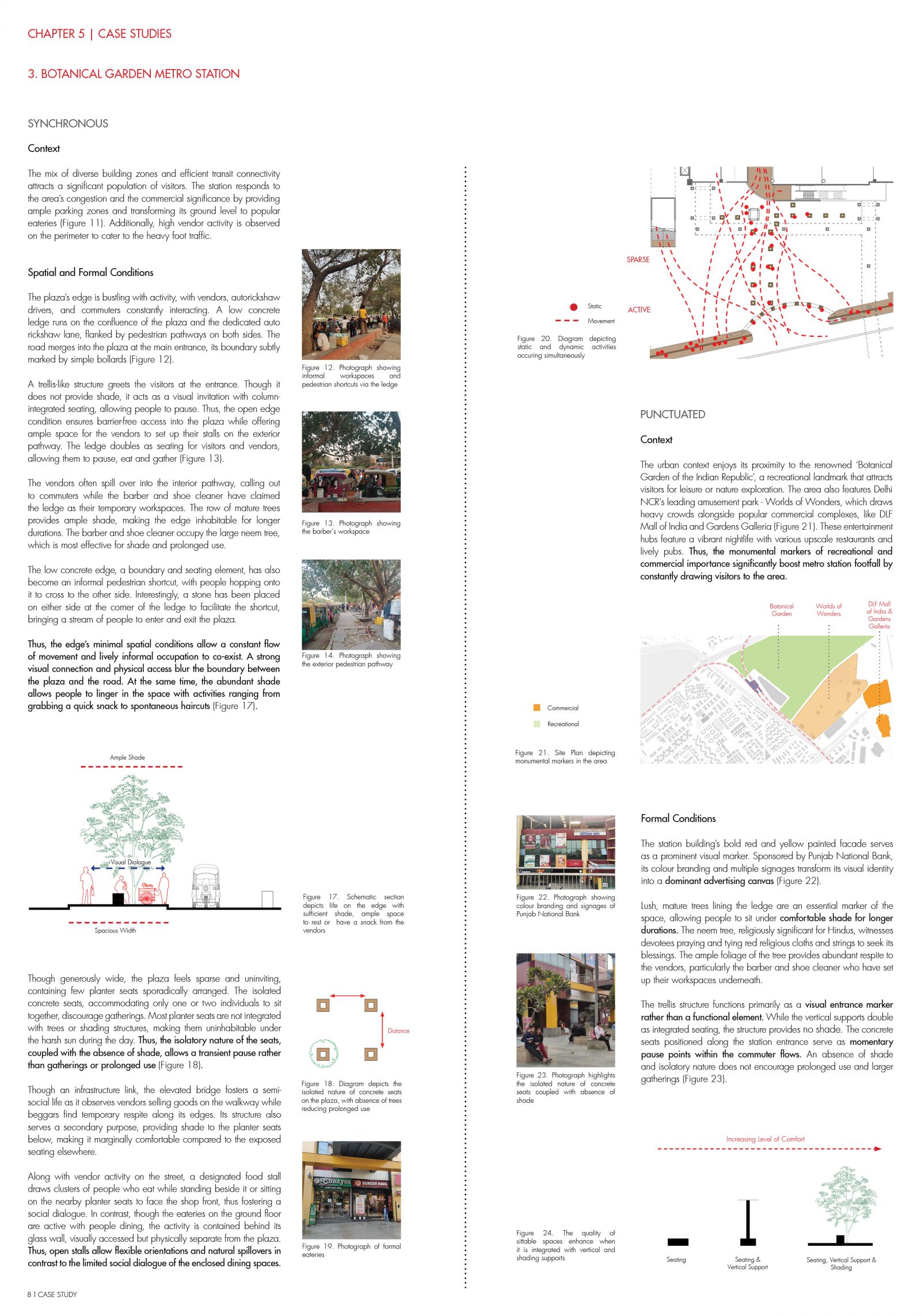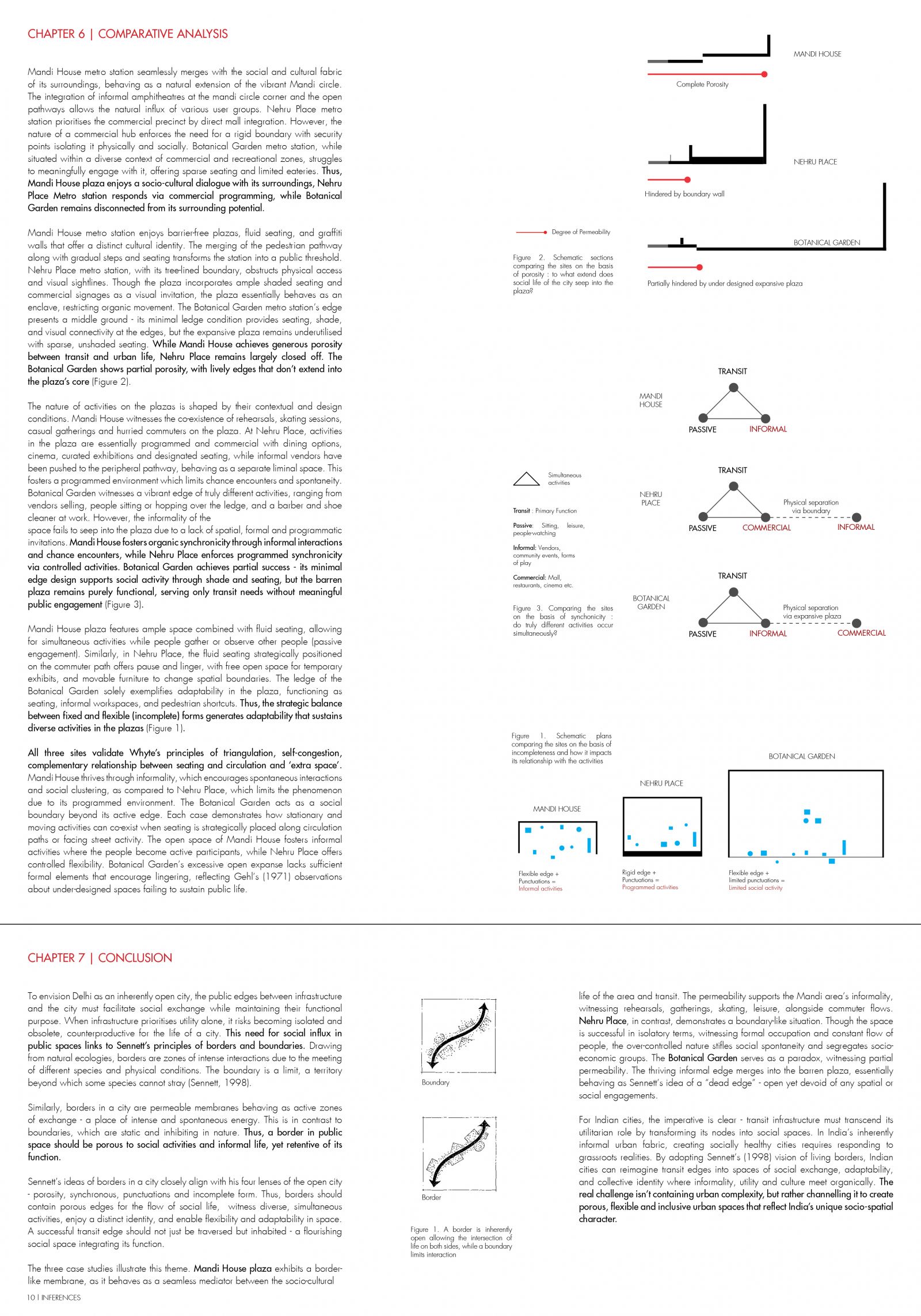Your browser is out-of-date!
For a richer surfing experience on our website, please update your browser. Update my browser now!
For a richer surfing experience on our website, please update your browser. Update my browser now!
Modern cities globally grapple with a paradox: while infrastructural and commercial advancements accelerate, the quality of public life often deteriorates. Urbanists like Jane Jacobs and Henri Lefebvre have long argued that cities thrive not through isolated efficiency but through lively, inclusive public spaces that foster social interactions. Richard Sennett’s concept of the ‘open city’ expands this discourse, proposing that an urban open form relies on ‘borders over boundaries’, that is, an open city employs flexible and porous edges. In his framework, such edges are not mere boundaries but similar to cell membranes, which are porous and retentive at the same time. For this research, I became interested in the public edges between infrastructure and the city, specifically of metro stations. Since 2001, the Delhi Metro Rail Corporation (DMRC) has reshaped the city’s urban fabric, positioning metro stations not just as transit hubs but as emerging public nodes. These spaces where commuters, vendors, and communities converge raise critical questions: Can transit edges, often critiqued as internalised, utilitarian environments, transcend their functional role to become catalysts for an open city? Do they positively contribute to the social life of the city, or do they prioritise efficiency at the cost of exclusion? Thus, the research evaluates the primary question - Do the public edges of Delhi NCR’s metro stations foster an ‘open city’ as theorized by Sennett, and how can this be assessed? The study investigates these questions through Sennett’s lenses of an open city - synchronous, porosity, incomplete forms and punctuations. The focus is on three case studies across Delhi NCR - Mandi House Metro Station, Nehru Place Metro Station and Botanical Garden Metro Station, which involve analysing their adjacent public edges, primarily plazas, commercial hubs and streets. The findings aim to bridge theory and practice, offering insights into how Indian cities might reimagine infrastructure not as monolithic structures but as participatory public spaces. In doing so, the project contributes to a growing dialogue on social urbanism in cities, where rapid infrastructural growth often overshadows the social dimensions of city-making.
View Additional Work